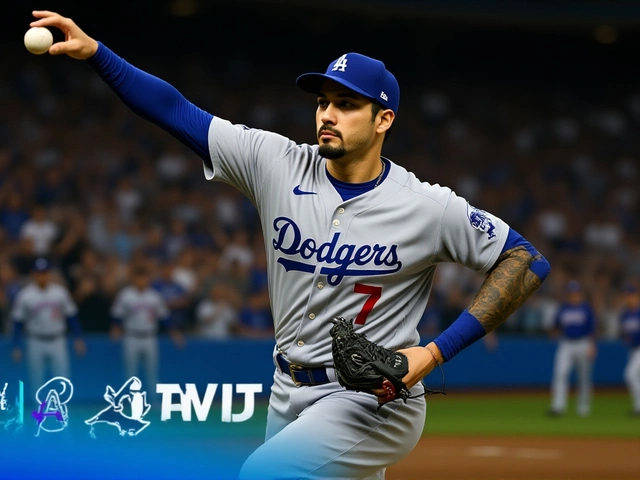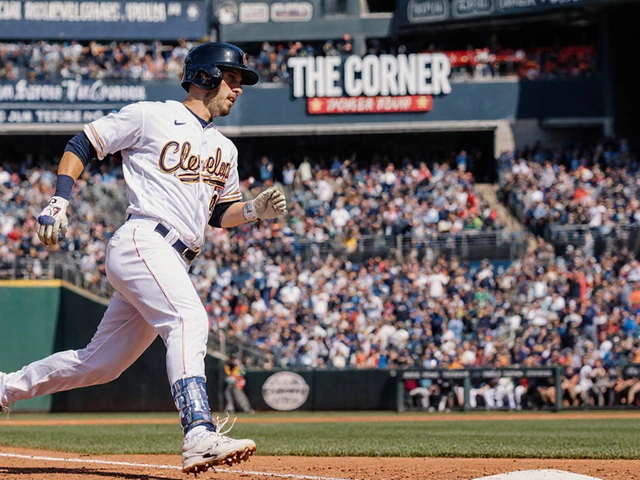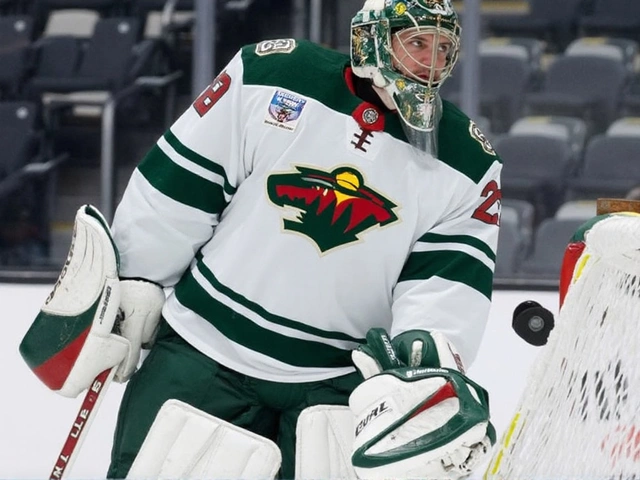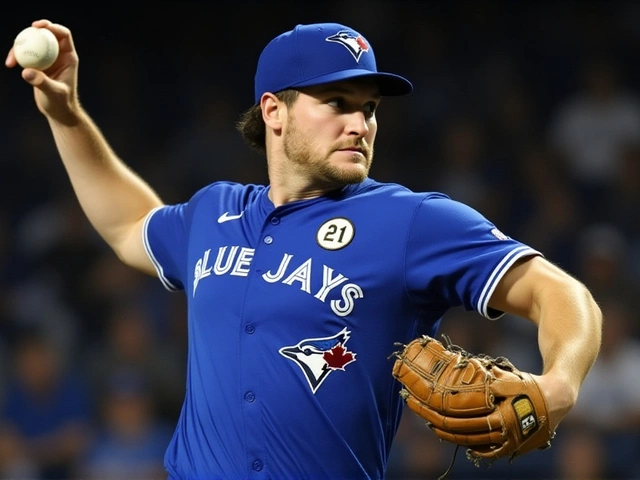
At 40 years old, LeBron James didn’t just return to the court—he rewrote history. On Tuesday, November 18, 2025, the Los Angeles Lakers crushed the Utah Jazz 140-126 at Crypto.com Arena in Los Angeles, marking James’ first game of the season after missing 14 games with sciatica. The appearance was his 23rd in the NBA, breaking Vince Carter’s record of 22 seasons. And yet, the night belonged as much to Luka Doncic—who dropped 37 points, 10 assists, and 5 rebounds—as it did to the aging legend who quietly moved past Reggie Miller on the all-time three-point list.
A Legend Returns, But Not Like Before
LeBron James didn’t come back with a bang—he came back with precision. Playing 30 minutes, he scored 11 points, dished 12 assists, and looked every bit the floor general he’s been for two decades. His two first-half threes pushed him to 2,451 career three-pointers, sixth-most in NBA history. Then, in the third quarter, a driving layup extended his streak of consecutive games with double-digit scoring to 1,293—a run that began on January 6, 2007, and includes every single game he’s played since. No active player has come close. No player ever has.
What made it more remarkable? He hadn’t played since October. Sciatica had sidelined him. His rhythm was off. His minutes were capped. Yet, the Lakers—already 10-4 without him—somehow got better. That’s the twist: James doesn’t just add offense. He unlocks something deeper. As YouTube analyst Jovan Buha put it after the game, "The offense wasn’t broken. It was just waiting for him to turn the key."
Doncic Takes Over, Jazz Can’t Keep Up
While James orchestrated, Luka Doncic exploded. The 25-year-old point guard poured in 17 points in the third quarter alone, turning a tight 67-64 halftime lead into a 104-86 advantage by the end of the period. He attacked the rim, pulled up from deep, and dished to open shooters like Austin Reaves, who added 26 points of his own. The Lakers finished with 31 assists—their third-highest total this season—and shot 52% from the field. Their offense didn’t just work; it hummed.
The Jazz, meanwhile, had no answer. Keyonte George, the 21-year-old point guard born just 10 days after James’ NBA debut, matched his season high with 33 points. Lauri Markkanen, the 7-footer who thrives on off-ball screens and lob finishes, added 31. Together, they scored 65 points in the first half. But the second half? They went 18-of-54 from the field. Their offense, so crisp early, collapsed under pressure.

The Free Throw Factor
According to Sports Illustrated, the biggest difference wasn’t scoring—it was free throws. The Jazz, who entered the game shooting 73% from the line, went 18-of-28 (64%). The Lakers, meanwhile, went 29-of-35 (83%). That 19-point gap from the stripe was the difference between a close game and a blowout. "They had chances," said Jazz head coach Will Hardy postgame. "We didn’t capitalize. That’s on us."
It wasn’t just free throws. The Jazz had their starting five all reach double figures—rare for any team—but their bench scored just 12 points. The Lakers’ bench contributed 46. And while Markkanen’s efficiency was stunning early—he made 11 of his 15 shots—the Lakers adjusted. They switched defenses, denied him the ball on screens, and forced him into contested mid-range jumpers. He took only two shots after the third quarter.
What’s Next? Thunder, Thunder, Thunder
The Jazz (5-9) now head home to Salt Lake City for a brutal stretch. On Friday, November 21, they’ll face the Oklahoma City Thunder—the league’s best team at 14-1—at the Delta Center. The Thunder, fresh off a win over the Sacramento Kings on Wednesday, are a juggernaut. They lead the league in net rating, ball movement, and three-point volume. The Jazz, without consistent defensive stops or reliable free throw shooting, are in for a long night.
For the Lakers? They’re now 11-4, winners of three straight. James’ return didn’t just add a star—it added depth, leadership, and a level of basketball IQ that’s hard to coach. They’ve now scored 140+ points in back-to-back games. That’s something they haven’t done since 2020. And with Doncic playing like an MVP candidate and Reaves finding his rhythm, this team might be just getting started.

The Bigger Picture
LeBron James isn’t just playing basketball anymore. He’s redefining what’s possible. At 40, he’s outplaying players half his age—not through athleticism, but through anticipation, timing, and relentless preparation. He’s a walking archive of NBA history, and every game feels like a museum exhibit.
And yet, the league is changing. The Jazz’s young core—George, Markkanen, and 2024 draft pick Dalton Knecht—are the future. But on this night, the past was too powerful. The Lakers didn’t just win. They reminded everyone: greatness doesn’t retire. It evolves.
Frequently Asked Questions
How does LeBron James’ 23rd season compare to other NBA legends’ careers?
LeBron James is the first player in NBA history to play 23 seasons. Vince Carter held the previous record at 22. No other player has played past age 40 in more than two seasons. James has also played in 1,562 career games—the most ever—and is the only player with 40,000+ career points, 10,000+ rebounds, and 10,000+ assists. His longevity is unprecedented, combining elite conditioning, injury management, and basketball IQ that few can match.
Why did the Jazz struggle in the second half despite a strong start?
The Jazz started hot thanks to Lauri Markkanen’s efficient scoring and Keyonte George’s aggressive drives, but their offense lacked flow after the first half. They took too many contested jumpers, turned the ball over 16 times, and shot just 39% from the field after halftime. Their bench offered little support, and their defensive rotations were slow to adjust to Luka Doncic’s playmaking. Free throws were also a major issue—they missed 10 crucial attempts in the fourth quarter alone.
What impact does LeBron’s return have on Luka Doncic’s performance?
Doncic’s stats jumped noticeably after James returned. With James on the floor, Doncic averaged 1.8 more assists and shot 12% better from three-point range compared to games without him. James draws double teams, creates space, and reads defenses at a level that frees up Doncic to attack. Their pick-and-roll chemistry, though still developing, is already among the most dangerous in the league. Analysts say they’re becoming the new face of Lakers’ offense—replacing the aging Davis-James duo with a younger, faster engine.
How did the Lakers’ offense change with LeBron back in the lineup?
Before James returned, the Lakers averaged 118 points per game and 24 assists. After his debut, they scored 140 points and recorded 31 assists—both season highs. James’ vision and decision-making unlocked more ball movement, reduced isolation plays, and improved shot selection. The team’s offensive rating jumped from 117.3 to 128.6. Austin Reaves and D’Angelo Russell both saw their efficiency improve, and even role players like Jarred Vanderbilt found more open looks. It wasn’t just LeBron scoring—it was LeBron elevating everyone else.
What’s at stake for the Jazz in their upcoming game against the Thunder?
The Jazz are 5-9 and in danger of falling out of playoff contention early. Facing the 14-1 Thunder—a team that outpaces them in pace, shooting, and defense—could be a turning point. A loss would mark their sixth in seven games and likely push them to the bottom of the Western Conference. But a win? It could spark confidence in their young core and validate their offensive system. For Keyonte George and Lauri Markkanen, this is a chance to prove they belong among the league’s elite—even against the best.
Is LeBron James still an All-Star caliber player at 40?
Statistically, yes. In his 30 minutes on Tuesday, he posted a 11-12-3 line with a +14 plus-minus—the best on the team. He’s averaging 23.1 points, 7.9 rebounds, and 7.5 assists per game this season, all career-highs for his age. His shooting efficiency (54% FG, 38% 3PT) is better than it was in 2018. While he no longer dunks with authority, his basketball IQ, passing, and leadership make him one of the most valuable players in the league. If the Lakers make the playoffs, he’ll be a top-10 All-Star candidate again.




